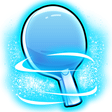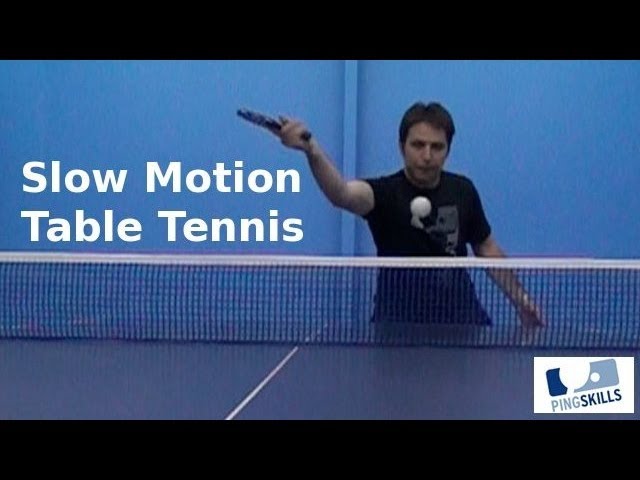Side Stepping Motion
Footwork
 Rick August Asked 1 year ago
Rick August Asked 1 year ago
On the days I don't play, I often practice side stepping and shadow strokes to improve my movement. When people talk about side stepping they are moving side to side with both feet about the same distance away from the table. For a right-handed player, they often have a stance with their left foot slightly in front of their right foot. Wouldn't it make sense to side step so that your left foot remains slightly in front of their right foot while side stepping? You can still easily move sideways but you keep the same normal stance. When I try this, it seems to feel pretty natural.
 Alois Rosario Answered 1 year ago
Alois Rosario Answered 1 year ago
Hi Rick,
Your observation about side stepping with the left foot remaining slightly in front of the right foot for a right-handed player is indeed a common and effective way to maintain a proper stance while moving laterally during a table tennis game. The advantage of keeping the left foot slightly forward during side stepping is that it allows for quicker weight transfer and balance, which is crucial for efficient stroke play in table tennis. By maintaining this foot positioning, you can stay in an optimal position to execute forehand or backhand strokes without needing significant adjustments to your stance. However, it's also important to be flexible with your movement. In some situations, such as when you need to cover a wide ball or when you're out of position, you might need to adjust your stance temporarily. For these cases, practicing different types of footwork, including shuffle stepping where both feet move equal distances, can be beneficial to develop the agility necessary to return to a balanced position quickly. In essence, while practicing side stepping with the left foot forward, also spend time on other movement patterns to ensure you're well-rounded in your footwork. It seems like you're on the right track with what feels natural and efficient for you, but remember that every player will have slight variations in their footwork depending on their style and what they find most comfortable and practical in different situations. Keep up the great work with your movement practice, as footwork is indeed one of the key elements that separates intermediate players from advanced competitors in table tennis.
Recommended Video
Experience the Art of Table Tennis in Slow Motion
Watch Alois and Jeff in action as they demonstrate a variety of shots — serves, returns, and rally points — all captured in smooth slow motion. See the spin, footwork, and timing like never before. Perfect for players who want to study technique or simply enjoy the beauty of the game.
Watch NowNo comments yet!
Become a free member to post a comment about this question.
